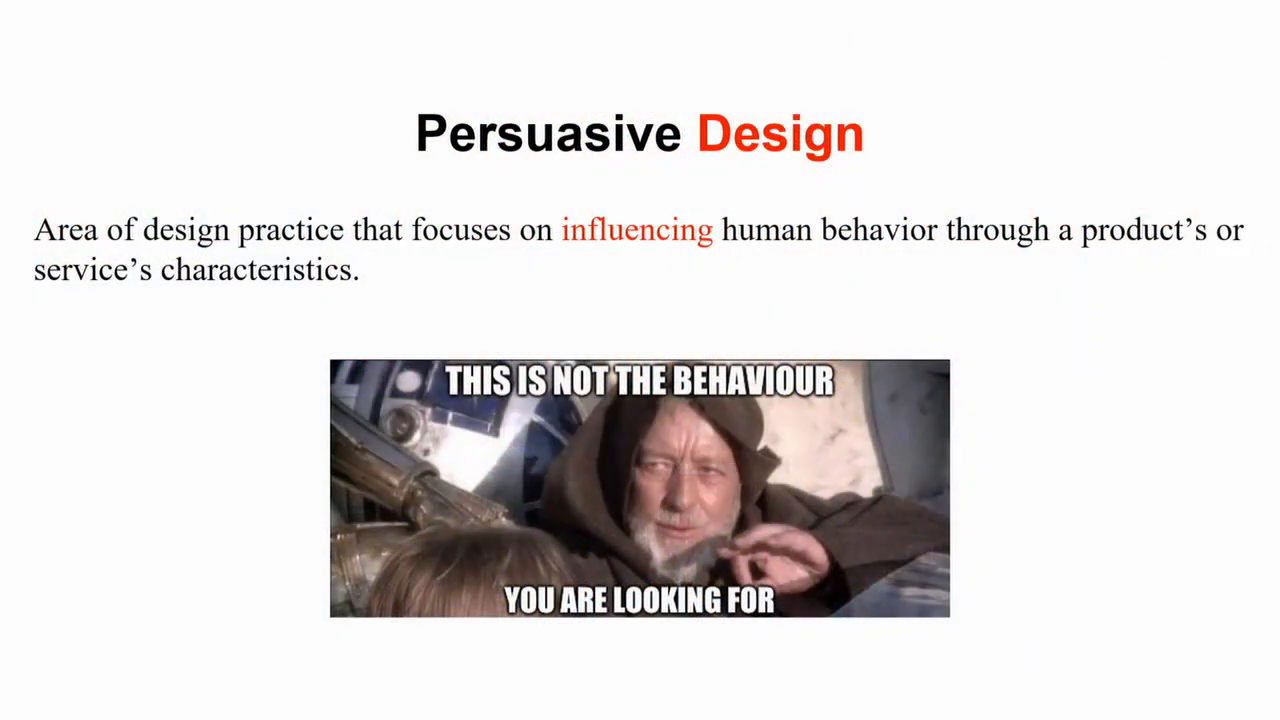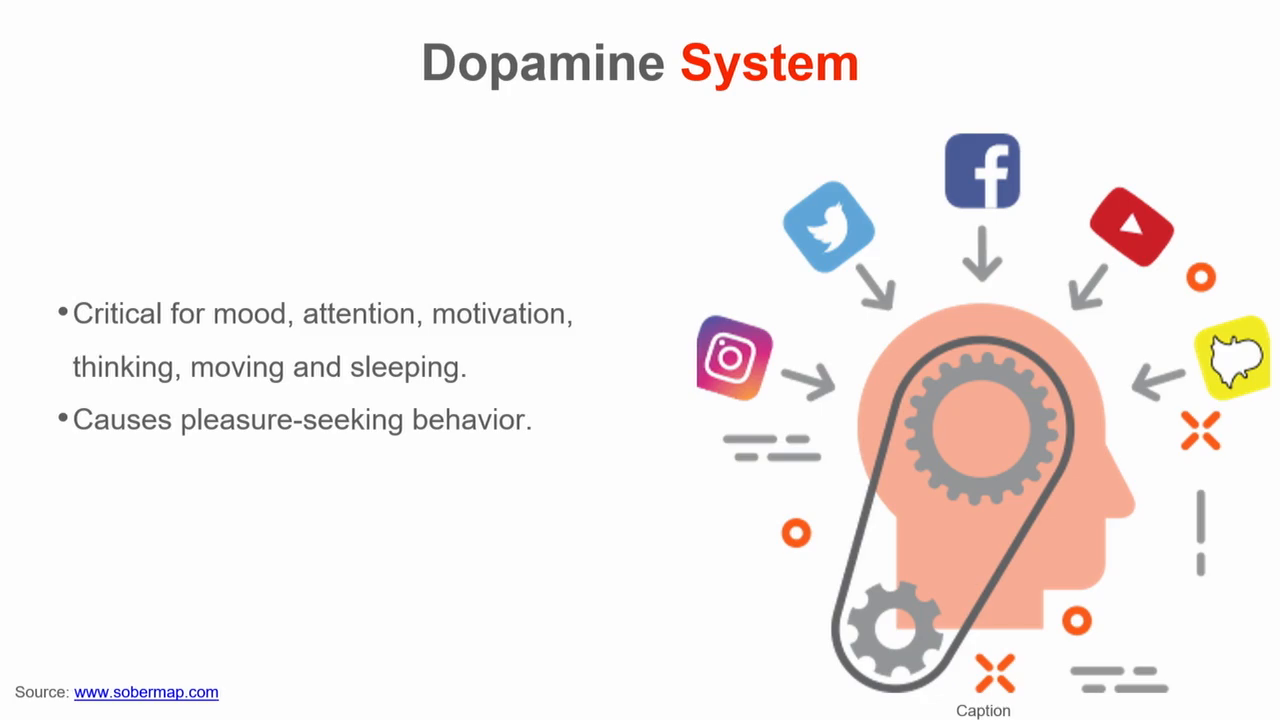Understanding psychology in UX design
User experience (UX) plays a vital role in determining how users interact with digital products. A well-designed UX not only helps retain users but also leaves a lasting impression of the product. In a TEDx talk, Harrish dives deep into how psychology and the use of our senses shape various design decisions in UX. By tapping into human senses—sight, hearing, and touch—app developers and designers craft experiences that engage and influence user behavior. Let’s explore the fascinating connections between psychology and UX design as highlighted in the transcript.
Why psychology matters in UX design
At the core, humans are incredibly intricate beings. Each of us comes with unique preferences, behaviors, and reactions. Yet, we are united by five senses: sight, touch, hearing, smell, and taste. Out of these, technology and apps can primarily target sight, touch, and hearing. By tapping into these universal senses, developers can create applications that resonate deeply with users. For example, decisions around how an interface looks, sounds, or reacts to touch are shaped by psychological principles and sensory cues.

Introduction to understanding psychology's role in UX design
The role of visual appeal
Design and aesthetics are crucial in influencing how people perceive a product. Harrish showcases an example using images of food, demonstrating how visual presentation can elicit assumptions. When offered a choice between a well-plated colorful dish and a larger but less visually appealing meal, most people intuitively associate the former with being more expensive. This phenomenon emphasizes how design shapes perception.
To create a beautiful interface, product designers must focus on two critical points:
- How much information is provided: Overloading users with information causes cognitive fatigue (commonly referred to as "cognitive overload").
- How the information is presented: Complex visuals, poor color choices, and lack of clarity can frustrate users.
For instance, when menus are cluttered with excessive text and garish colors, the brain struggles to process all the elements simultaneously. Designers should aim for "processing fluency," which involves designing layouts that are easy to interpret and pleasant to navigate.

Perception and clarity of visual elements discussed
Colors and emotions
Colors evoke emotions and influence user perception. Harrish invites the audience to reflect on feelings associated with specific colors:
- Blue: Often linked with calmness, seas, and skies.
- Green: Associated with nature, growth, and tranquility.
- Red: A color of alertness and urgency, often seen in traffic lights and stop signs.
The use of color psychology is all around us in UX design. For example, red is strategically used in app notification badges to grab users’ attention due to its sense of urgency. Similarly, grayscale versions of colorful icons feel less appealing, underscoring the impact of vibrant colors in design.

Colors and their psychological impact on user emotions
Colors are so relevant to branding that companies fiercely defend their association with specific shades. For instance, T-Mobile has taken legal action against brands attempting to use shades of magenta, highlighting the importance of consistency in visual identity.
Sounds and behavior
Sound plays another pivotal role in shaping user interactions. Notifications and ringtones, for instance, use high-pitched, attention-grabbing tones. These sounds elicit an immediate, involuntary response, much like in Pavlov’s classical conditioning experiment from the 1890s. Pavlov discovered that dogs conditioned to hear a bell before meals would salivate at the sound of the bell alone, even without food present.
Similarly, when your phone makes a specific notification sound, your immediate reaction might be to check it—even when you don’t necessarily recall associating the sound with a particular app. This behavior capitalizes on conditioned reflexes, enhancing user engagement. Furthermore, unique sounds set apps apart; think of the distinct tones for Facebook Messenger and Discord—you instantly recognize the platform even if your device is out of sight.

Understanding how sound cues influence behavior
Responsiveness and feedback
As humans, we thrive in responsive environments, and we expect the same of the apps we use. Let’s take positive reinforcement as an example. When you "like" a photo on Instagram, you might experience a subtle vibration or hear a sound, providing immediate feedback that your action has been registered. This creates a satisfying, interactive experience which encourages continued use of the app.
Similarly, intermittent reinforcement, often likened to slot machines, keeps users hooked. When you swipe down to refresh a feed on social media, you don’t always get new content, but the occasional discovery of something exciting rewards your efforts. This unpredictability mirrors the addictive thrill of gambling.

How responsiveness builds engagement
Personalization in design
To keep users engaged, apps tailor experiences to individual preferences. Platforms like Spotify ask users to select favorite artists or genres during initial setup. This data seeds a model that adapts and refines recommendations over time, based on users’ interactions. The aim is to serve content and experiences that resonate deeply, making users feel the app is designed just for them.

Personalization as a key to user retention
This approach isn’t unique to music streaming. Social media platforms, e-commerce sites, and gaming apps all rely on similar personalization techniques to maximize relevance and connect with users in meaningful ways.
Sustaining engagement with consistent updates
Humans naturally adapt to both positive and negative stimuli—a psychological phenomenon known as hedonic adaptation. Over time, even exciting features can become mundane if not refreshed. Developers combat this by introducing periodic updates. For example, the game Fortnite frequently releases new skins, game modes, and dances to keep the experience fresh and exciting.
Harrish compares this to food preferences—if you eat cookie dough ice cream every day for a week, you’ll eventually crave a different flavor. Similarly, app updates help maintain interest and prevent users from becoming desensitized to the experience.

Refresh cycles: The key to sustained engagement
The dopamine-driven social media cycle
At the heart of many UX design decisions lies the dopamine system—the chemical process in our brain responsible for feelings of reward and happiness. Social media platforms extensively target this by creating an addiction loop. For example:
- You post content (e.g., a photo or an update).
- You anticipate responses (e.g., likes or comments).
- The reactions release dopamine, encouraging repeated behavior.
The anticipation of rewards, combined with intermittent reinforcement (e.g., new notifications arriving unpredictably), ensures users stay engaged with the platform. As phones evolve into tools for endless connectivity and interaction, this competition for user attention intensifies.
Exploring the psychology behind sustained app engagement
Conclusion
In today’s app-driven world, understanding human psychology and employing sensory cues like colors, sounds, and responsiveness is foundational for effective UX design. These principles shape user behavior, engage our senses, and craft addictive experiences. However, this power comes with responsibility. Harrish leaves the audience with an incredibly thought-provoking quote:
"There are only two industries that call their customers users: illegal drugs and software."
As we move forward, it’s crucial for developers and designers to balance innovation with ethical considerations, ensuring their products connect with users meaningfully rather than manipulatively.
